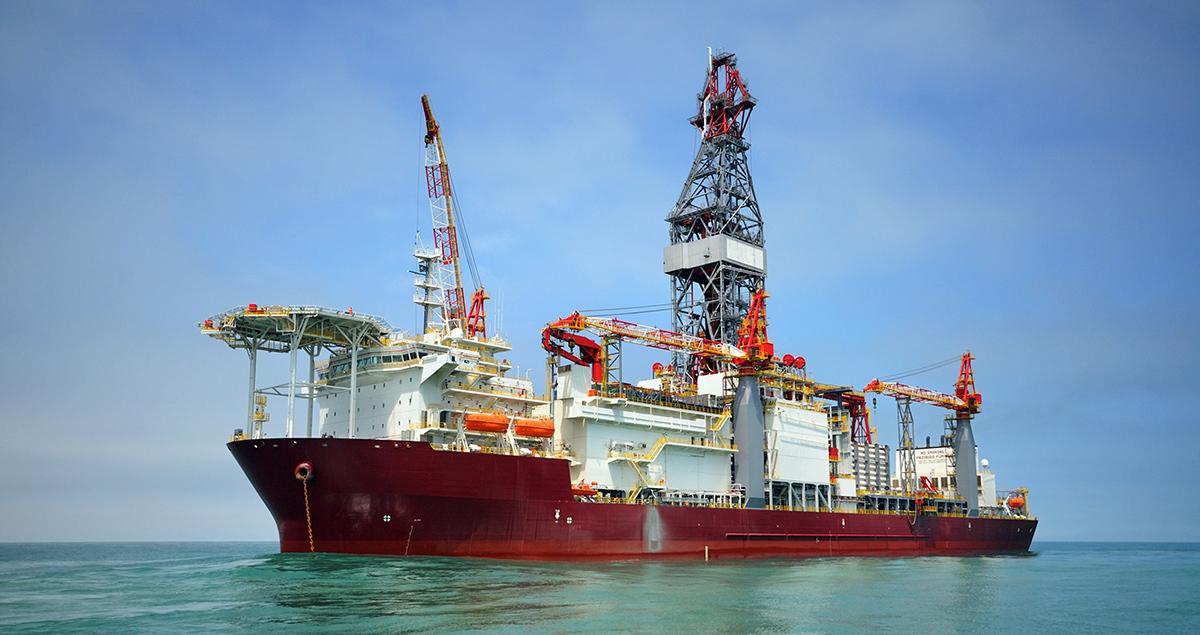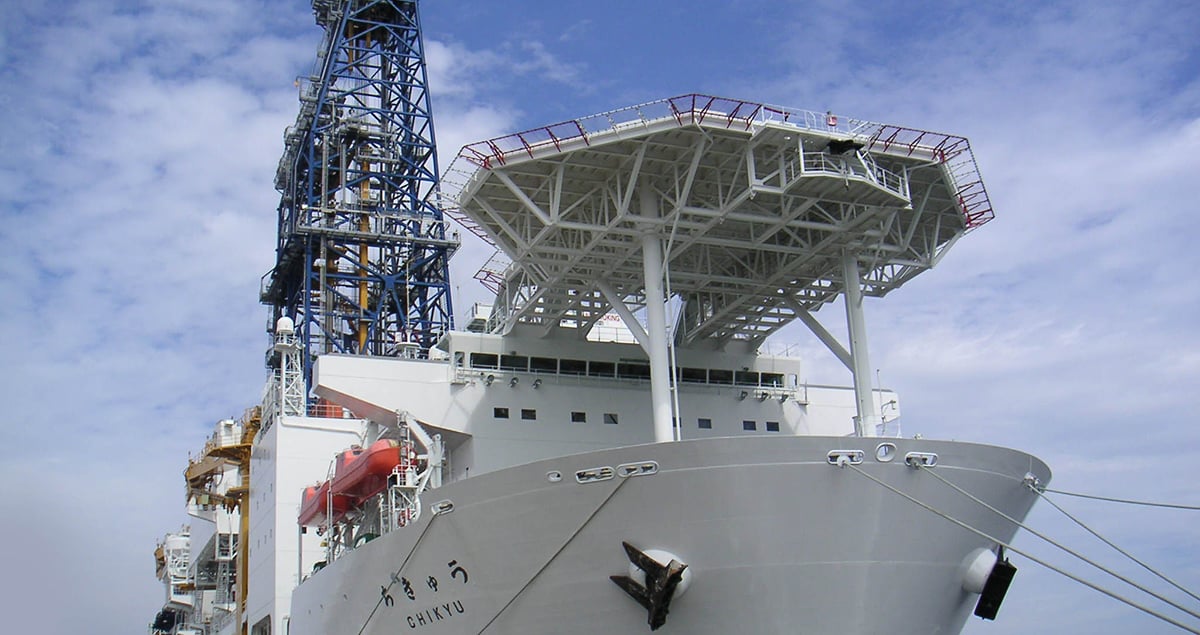Deep sea trenches eyed for carbon dioxide storage

As the need to reduce greenhouse gas emissions associated with global warming becomes more urgent, scientists are looking at scope to use the sea as a place to sequester carbon.
On land, carbon dioxide has been pumped into underground reservoirs since the 1970s --- often to help extract remaining oil and gas reserves --- but there is more storage capacity available in offshore sedimentary basins than onshore, explains Mike Sandiford, professor of geology at the University of Melbourne.
Storing carbon dioxide in offshore underground reservoirs is more expensive and challenging than onshore, however, because there is not the required infrastructure in place to do so, and "it is a more aggressive and unpredictable environment", he says.
New offshore carbon capture and storage (CCS) projects cost billions of dollars, says Niall Mac Dowell, senior lecturer in energy and environmental technology and policy at Imperial College London. "The size of investment is larger, so the cost of failure is obviously much greater. Because cost of failure is greater, the appetite for risk is much lower," he says.
An under-sea scheme makes economic sense in oil producer Norway, where taxes on carbon emissions from the burning of fossil fuels make burying carbon under the seabed cheaper than releasing it into the atmosphere. Over the last 20 years more than 16m tonnes of carbon dioxide emitted from the Sleipner power plant has been captured and pumped in liquid form into a deep saline reservoir, 1,000 metres below sea level. However, there is a question over how much appetite there will be for such schemes elsewhere.
Using very deep, naturally occurring trenches in the ocean for storing the carbon dioxide could, however, provide a cheaper, fast and large-scale option. Undersea carbon dioxide lakes already exist naturally, such as one discovered in the East China Sea. In a recent report in science journal Energy Procedia, energy analyst Steve Goldthorpe identified three underwater trench sites with depths of more than 6km --- off the coasts of China, Indonesia and Puerto Rico --- with potential to become carbon dioxide storage lakes.

According to Mr Goldthorpe, pumping carbon dioxide into these deep ocean trenches would be cheaper than injecting it into underground reservoirs. Because carbon dioxide is denser than water at 3,000 metres, it would, in theory sink and stay in the lakes permanently.
Environmentalists fear that storing carbon dioxide at sea would cause the water to acidify, disrupting marine ecosystems. In particular, acidic waters may damage coral reefs and cause the shells of crustaceans and molluscs, which are made from calcium carbonate, to dissolve.
Experiments so far however have been limited. Marine scientist Henrik Stahl co-ordinated an investigation into the impact of a carbon dioxide leak at sea five years ago. The experiment involved pumping 4.2 tonnes of carbon dioxide into the seabed off the coast of Scotland for a month. Mr Stahl, who is now acting associate dean for the college of natural and health sciences at Zayed University in the UAE, says the team measured a negative impact on fauna and a change in the microbes in the water. The damage was very localised and returned to normal after a year.
"With a considerably bigger leakage, which is of course possible where tens or hundreds of tonnes of carbon dioxide are released, the impact would be longer and considerably larger --- but we don't know that for sure," says Mr Stahl.
Mr Stahl's experiment specifically looked at the threat of a carbon dioxide leak from an underground reservoir at sea, which he says is "extremely unlikely" because they have been storing oil and gas for millions of years. Storing carbon dioxide in the lakes on the seabed is a less stable option, according to Mr Stahl. Not only will the liquid carbon dioxide kill all marine life it covers in the trenches, except bacteria, the walls of the trenches could collapse in an undersea avalanche, causing the lakes to overturn and the carbon dioxide to rapidly mix with water.
However, ocean acidification is already taking place, with one quarter of the world's carbon dioxide emissions absorbed by the ocean surface every year, Mr Stahl points out. "If we don't do anything, more and more carbon dioxide is going to go into the ocean," he says.





